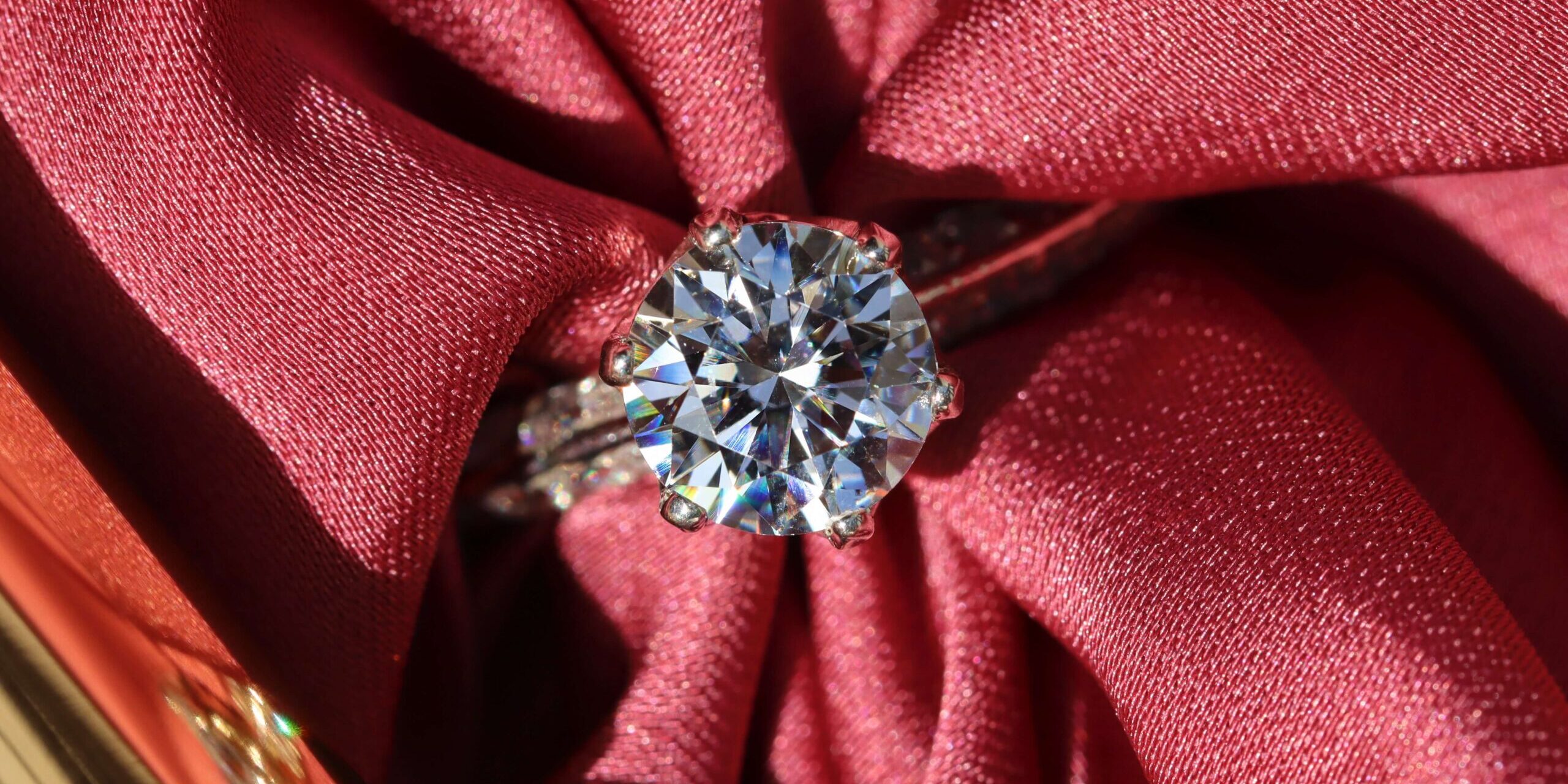4 Main Types of Diamond
Diamonds are among the most valuable and sought-after gemstones in the world. These precious stones are prized for their beauty, durability, and rarity. However, not all diamonds are created equally. In fact, there are four main types of diamond, each with its own unique characteristics and qualities. In this guide, we will explore the four main diamond types and what sets them apart from one another.
Type Ia Diamonds
Type Ia diamonds are the most common type of diamond found in nature, accounting for around 98% of all diamonds. These diamonds are typically light yellow or brown in colour, and they are characterised by the presence of nitrogen impurities in their crystal structure. Nitrogen atoms can be found in various forms within type Ia diamonds, and they are responsible for the colour and clarity of the diamond. The more nitrogen that is present in the diamond, the more yellow or brown it will appear.
Type Ib Diamonds
Type IB diamonds are a rarer form of diamond that make up only about 0.1% of all diamonds. These diamonds are also characterised by the presence of nitrogen, but in this case, the nitrogen atoms are isolated, rather than grouped together. This results in a diamond that is usually light yellow or brown, but can sometimes be nearly colourless. Type Ib diamonds are often used for industrial purposes, such as cutting tools, because of their unique physical properties.
Type IIa Diamonds
Type IIa diamonds are the rarest and most valuable type of diamond. These diamonds are completely free of nitrogen impurities and are usually colourless or nearly colourless. They are also known for their exceptional clarity and transparency. Only about 1-2% of all natural diamonds are type IIa, and they are often found in large, high quality stones. Some of the most famous diamonds in the world, such as the Cullinan diamond and the Koh-i-Noor diamond, are type IIa diamonds.
Type IIb Diamonds
Type IIb Diamonds are also rare, accounting for less than 0.1% of all diamonds. These diamonds are characterised by the presence of boron impurities in their crystal structure, which gives them a distinctive blue-grey colour. Type IIb diamonds are often highly prized for their unique colour and are often used in high-end jewellery. Some of the most famous blue diamonds in the world, such as the Hope Diamond and the Wittelsbach-Graff Diamond, are type IIb diamonds.
Are There Subtypes of Diamond?
In addition to these four main diamond types, there are also various subtypes and variations that can affect a diamond’s colour, clarity, and value. For example, diamonds with a high degree of fluorescence may appear cloudy or hazy under certain lighting conditions, which can reduce their value. Diamonds with a high degree of inclusions or blemishes may also be less valuable than those with better clarity.
What To Consider When Shopping For Diamonds
When shopping for diamonds, it is important to consider a range of factors beyond just the type of diamond. The 4 Cs – cut, colour, clarity, and carat weight – are all important factors to consider when evaluating a diamond’s quality and value. The cut of a diamond refers to its proportions, symmetry, and shape which can affect its brilliance and sparkle. The colour of a diamond can vary widely, from completely colourless to light yellow, brown, or even blue. Clairity refers to the presence of inclusions or blemishes within the diamond, which can affect its transparency and overall beauty. Finally, carat weight refers to the size of the diamond, with larger diamonds typically being more valuable than smaller ones.








